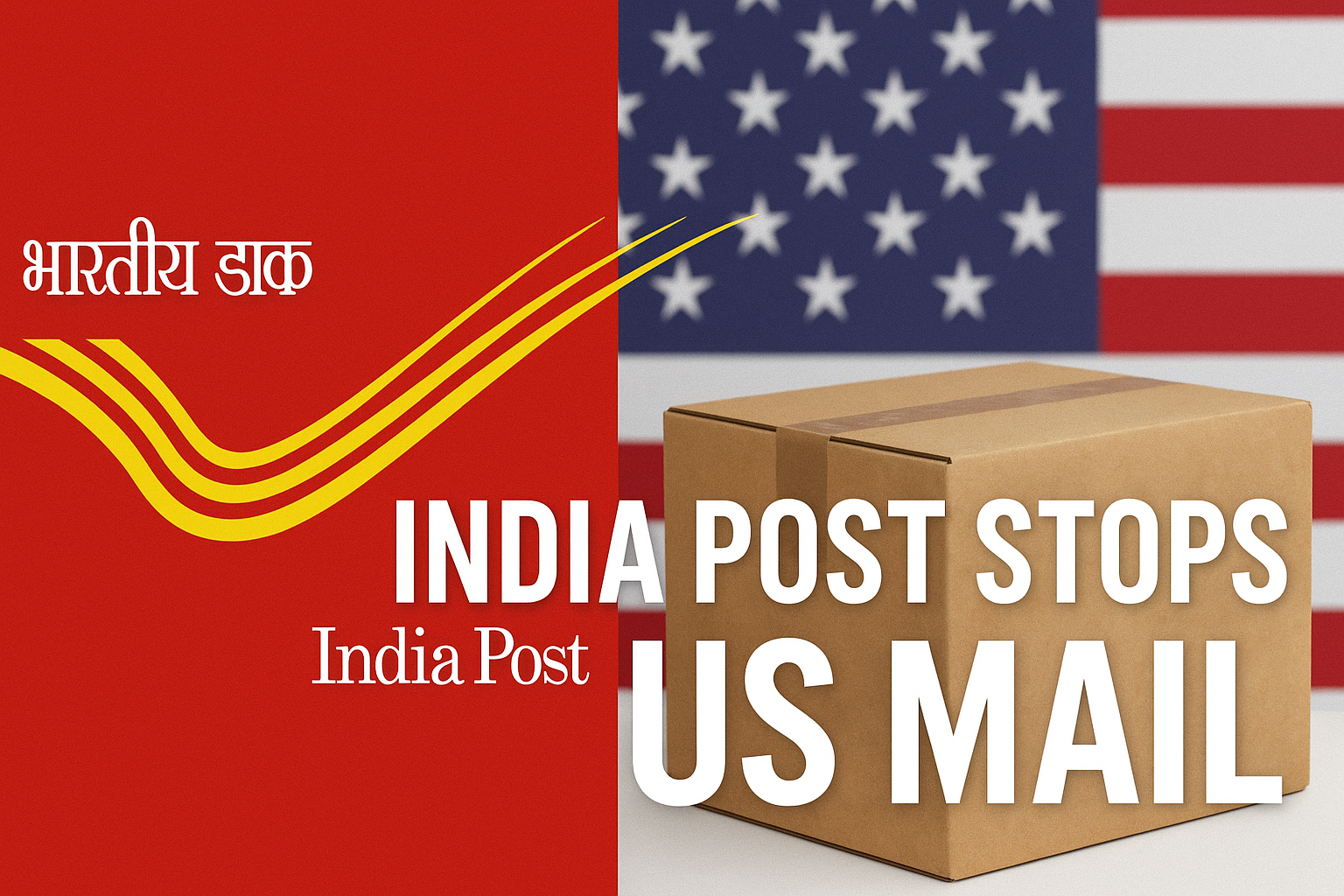Government Launches ₹99,446 Crore ELI Scheme to Create 3.5 Crore Jobs
In a significant step toward boosting employment and fostering industrial growth, the Union Cabinet of India has approved a substantial new initiative— the Employment-Linked Incentive (ELI) Scheme. With a massive outlay of ₹99,446 crore, this program is poised to generate over 3.5 crore jobs across the country, with a focused push in the manufacturing sector.
The scheme, set to be implemented between August 1, 2025, and July 31, 2027, has been designed to not only support first-time employees entering the workforce but also incentivize employers for providing sustainable employment. This blog explores the detailed framework of the scheme, its eligibility, expected benefits, socio-economic impact, and concerns raised by labor unions.
What is the Employment-Linked Incentive (ELI) Scheme?
The ELI scheme is a government-backed employment generation initiative introduced in the Union Budget of 2024-25. It is part of a broader package of five development programs aimed at facilitating job creation, skill development, and economic recovery, particularly in the aftermath of pandemic-induced unemployment and industrial slowdown.
Key Features of the ELI Scheme
- Budget Allocation: ₹99,446 crore over two years
- Target: Generate over 3.5 crore jobs
- Special Focus: First-time job seekers and the manufacturing sector
- Eligible Period: Jobs created between August 1, 2025, and July 31, 2027
- Wage Support: Up to ₹15,000 per employee in two instalments
- Employer Incentives: Up to ₹3,000 per employee/month for two years
How Will the Scheme Work?
Under the ELI scheme, employers hiring fresh employees will receive monetary incentives to help offset their hiring costs. The incentives will apply to newly generated jobs with monthly wages up to ₹1 lakh. Employers will be eligible for a maximum incentive of ₹3,000 per employee per month, provided that the employee has been retained for at least six months. In the case of manufacturing, the benefits can extend up to four years.
First-time employees will also benefit by receiving a one-month wage (up to ₹15,000) disbursed in two parts, enhancing their financial stability as they enter the workforce.
Objectives and Expected Impact
Boosting Job Creation
The central objective is to reduce unemployment by encouraging businesses to hire more workers through financial incentives. The initiative especially targets youth and rural populations entering the job market for the first time.
Revitalizing Manufacturing
India’s manufacturing sector has been under strain in recent years. By offering extended benefits (up to 4 years) to manufacturing employers, the ELI scheme aims to inject new energy into this critical sector, paving the way for an “Atmanirbhar Bharat.”
Improving Livelihoods
With job losses and inflation creating economic stress for millions, this scheme could provide vital relief. Salaried employees will gain stable income, while small and medium enterprises will be supported in scaling up operations affordably.
Eligibility Criteria
- Jobs must be newly created between August 1, 2025 and July 31, 2027.
- Employees must receive salaries under ₹1,00,000 per month.
- Only employees retained for a minimum of 6 months qualify.
- Incentives apply only for the first-time formal workforce entrants.
Employers need to submit employment records and salary details to the Ministry of Labour portal for verification and incentive approval.
Voices from the Government
Prime Minister Narendra Modi emphasized that the ELI scheme would be “a historic initiative to empower youth, boost manufacturing, and bring employment to millions.” He highlighted its synergy with India’s Make in India, Skill India, and Digital India campaigns.
Labour Minister Mansukh Mandaviya noted, “The ELI is not just an economic scheme, it’s a mission to integrate India’s talent into productive sectors. It will touch lives across rural, semi-urban, and urban belts alike.”
Union Reactions and Concerns
Despite the optimism from the government, labor unions have voiced skepticism. The Centre of Indian Trade Unions (CITU) criticized the plan as “a deceptive scheme meant to use public money for corporate gain.”
CITU General Secretary Tapan Sen questioned the accountability mechanisms, asking, “How will the government ensure that companies don’t misuse this to fire and rehire workers to game the system?”
Other labor leaders have asked for stronger legal protections and clear guidelines to prevent exploitative practices under the guise of employment generation.
Comparison with Similar Schemes
PMEGP (Prime Minister’s Employment Generation Programme)
PMEGP offers loans for self-employment ventures but does not directly support salaried employment like ELI.
Pradhan Mantri Rojgar Protsahan Yojana (PMRPY)
PMRPY subsidized employer contributions to EPF and EPS but was limited in scope. ELI builds on its foundation with a larger budget and direct incentives.
PLI vs ELI
While the Production-Linked Incentive (PLI) scheme rewards manufacturing output, ELI complements it by incentivizing job creation. Both work hand-in-hand to revitalize industrial productivity and employment.
How Will This Impact the Common Citizen?
- Job Seekers: Easier access to entry-level jobs with additional wage support
- Industries: Reduced wage burden and incentive to expand operations
- Youth: Skill absorption and career growth opportunities
- Rural Workers: Chance to transition from informal to formal employment
Challenges to Watch Out For
- Possible misuse by companies creating fake employment records
- Administrative delays in fund disbursement
- Union protests if transparency is lacking
- Short-term job churn without sustainable growth
Conclusion: A Promising Step With Room for Vigilance
The Employment-Linked Incentive Scheme is a bold and timely move by the Indian government. With its massive financial commitment, it has the potential to transform the employment landscape, especially for first-time job seekers and the manufacturing industry.
However, its success will hinge on transparent implementation, strict monitoring, and collaboration with labor unions. If executed effectively, it can serve as a model policy to balance economic growth with social equity.
Stay tuned to this space for detailed guidelines, application processes, and beneficiary success stories as the scheme rolls out in 2025.


